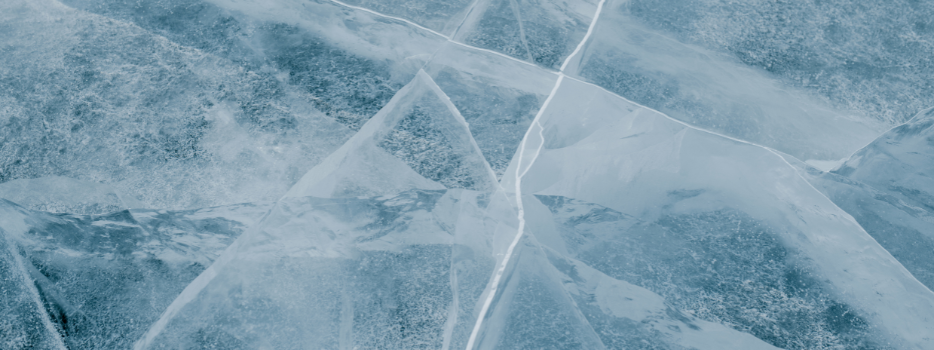As ponds and lakes freeze, you may be planning to take your vehicle out onto the open, frozen water to enjoy the great outdoors. But what would you do if the unthinkable–but sinkable–happens, and your vehicle breaks through the ice?
Personal Lines Underwriting Manager Wendy Wagner shares how a West Bend insurance policy may cover this scary situation.
What happens if your car falls through the ice in the winter?
Is your car covered if it breaks through the ice?
If you have comprehensive coverage on the auto, there’s actual cash value coverage. West Bend also covers the retrieval cost of the vehicle’s extraction from the body of water.
What happens if your car doesn’t have comprehensive coverage?
The property damage provision of your West Bend Auto Liability coverage will cover the cost to retrieve the vehicle from the body of water. There’s no coverage for the cost damage to the vehicle itself. You’d also be responsible for any fines assessed to you for the car falling through the ice.
What happens if your ATV, snowmobile, or other recreational vehicle breaks through the ice?
If your recreational vehicle carries physical damage coverage, it would be covered if it sinks. The deductible would apply. West Bend would also cover the cost to retrieve the recreational vehicle from the body of water.
What happens if your ATV, snowmobile, or other recreational vehicle doesn’t have comprehensive coverage?
If you don’t have physical damage coverage on your recreational vehicle, West Bend will provide up to $1,000 of coverage for the recreational vehicle and the retrieval costs of its extraction from the body of water. You’d be responsible for any fines, including pollution, assessed to you for the recreational vehicle falling through the ice.
What should you do before heading out on the ice?
To keep you and your vehicle afloat, be sure to take the necessary safety precautions. First, check with your local bait shop or lakeside resort about ice conditions. Then, check the ice thickness when you arrive. Be sure to follow these ice thickness guidelines:
Two inches or less – STAY OFF!
Four inches – Ice fishing or other activities on foot
Five inches – Snowmobile or ATV
Eight to 12 inches – Car or small pickup
12 to 15 inches – Medium truck
Remember: temperature, snow cover, currents, and springs all affect ice safety. Ice is rarely the same thickness over a single body of water; it can be two feet thick in one place and one inch thick a few yards away. Check the ice at least every 150 feet. Park cars, pickups, and sport utility vehicles at least 50 feet apart and move them every two hours to prevent sinking.
With common sense and precautions, you can keep your vehicles above water and enjoy a safe season outdoors!
This article is intended for general educational and illustrative purposes only and should not be construed to communicate legal or professional advice. Further, this article is not an offer to sell insurance. Please consult with your licensed insurance agent for specific coverage details and your insurance eligibility. All policies are subject to the terms, conditions, limitations, definitions, and exclusions contained therein.






